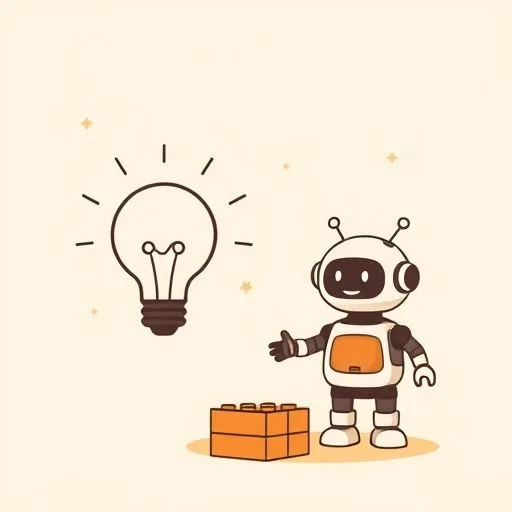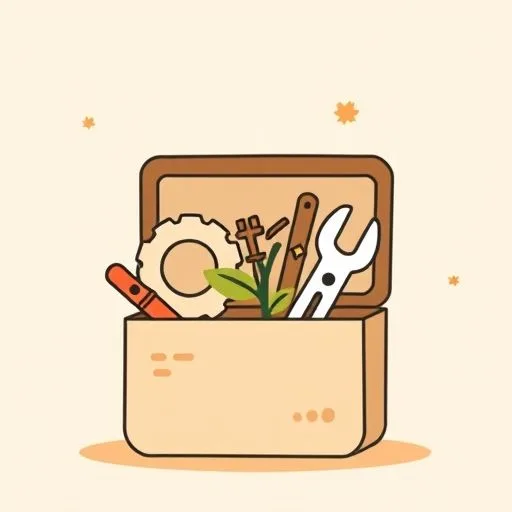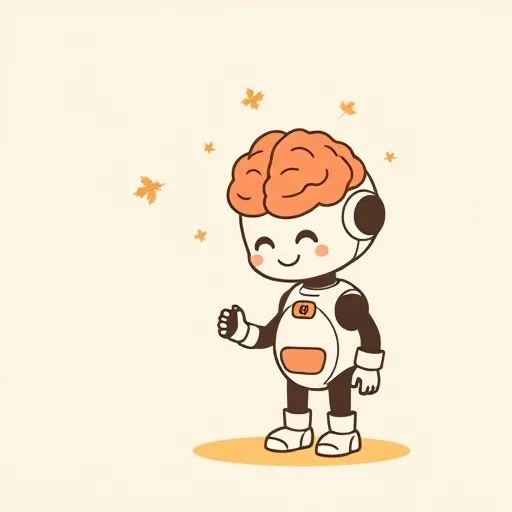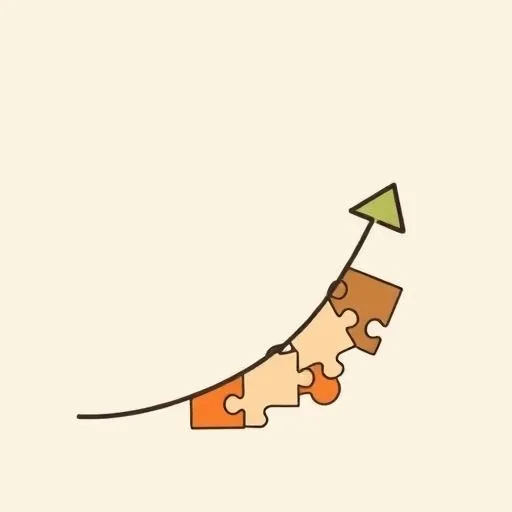
You know that moment when your kid’s eyes light up because they’ve built something incredible out of random household items? That pure, unstoppable creativity—it’s happening in classrooms right now, but with a twist that’ll make you want to cheer! Makerspaces are evolving, and they’re bringing AI along for the most exciting playdate ever. Imagine your child not just building a robot, but teaching it to dance to their favorite song. That’s the magic unfolding in schools today, and it’s changing everything about how our kids learn, create, and prepare for a future we can barely imagine!
What Is the Makerspace Revolution? Where Play Meets Purpose

On our 100-meter stroll from home to school, my daughter sketched a robot idea on the sidewalk in chalk—proof that creativity sparks on every corner.
Remember building forts with blankets and chairs? Today’s makerspaces are that childhood magic, supercharged! These creative spaces are popping up in schools everywhere, filled with everything from 3D printers to coding kits—and they’re not just about building cool stuff.
They’re about building confident, curious kids who aren’t afraid to try, fail, and try again. Honestly, when I saw that makerspace materials could hit $1.53 billion by 2029, I had to pinch myself—our kids are building a future faster than we ever imagined!
Why? Because parents and educators are realizing that the ability to create, problem-solve, and collaborate isn’t just nice to have—it’s essential for our children’s future.
How Does AI Enhance Kids’ Creativity in Makerspaces?

Here’s where it gets really exciting! AI isn’t replacing human creativity—it’s becoming the ultimate wingman for our kids’ imaginations. Just last week my daughter and I tried out ‘Thinking with KIBO,’ and I’ll never forget how her robot stumbling around made us both burst out laughing—then she taught it to do a little twirl!
It’s not about screen time—it’s about creation time!
Imagine your child programming a robot to navigate an obstacle course they built themselves, or teaching it to recognize colors and patterns. That moment when the robot finally ‘gets it’? Pure joy!
This isn’t just learning—it’s discovering that technology is something they can shape and command, not just consume.
Why Do Makerspace Skills Matter Beyond the Classroom?

Here’s the beautiful truth: these skills aren’t just for future engineers. That creative confidence? That problem-solving mindset? It translates into everything!
The child who learns to iterate on a robot design becomes the teen who isn’t afraid to tackle tough homework problems. The kid who collaborates on a makerspace project becomes the adult who works well in teams.
And in a world where AI is everywhere, understanding how it works—and how to work with it—gives our children a huge advantage. They’re not just learning to use technology; they’re learning to create with it.
That distinction? Everything!
How Can You Bring Makerspace Magic Home?

You don’t need a 3D printer to foster this creativity! It starts with embracing that makerspace mindset at home. That cardboard box destined for recycling? That’s a spaceship waiting to happen! Those old buttons and ribbons? Future robot accessories!
Over our kimchi-topped grilled cheese lunch (yes, that combo was my daughter’s idea!), we turned a cardboard box into a lunar rover and called it the ‘Poutine Explorer.’
The key is to focus on the process, not just the product. Ask ‘What could we make with this?’ instead of ‘What should we buy?’ Encourage experimentation—even when it gets messy.
Celebrate the ‘failures’ as learning moments. And when your child wants to know how something works, explore it together! That curiosity? That’s the foundation of everything wonderful happening in makerspaces today.
The Future Is Being Built—By Little Hands With Big Ideas

Here’s what truly amazes me: we’re raising the first generation that will grow up alongside AI as a creative partner. They won’t see it as something scary or mysterious—they’ll see it as another tool in their creativity toolbox.
And that changes everything! As these makerspaces continue to evolve with AI integration, our children are developing skills no textbook could ever teach: adaptability, creative problem-solving, and technological fluency.
They’re learning that they can shape their world, not just live in it. And that, fellow parents, is the most exciting learning revolution we could ever hope for!
Source: K-12 Makerspace Materials Market Report 2025-2029 & 2034 – AI-Based Curricula Revolutionizing K-12 Makerspace Education: Kinderlab Robotics Pioneers, Globe Newswire, 2025/09/12
